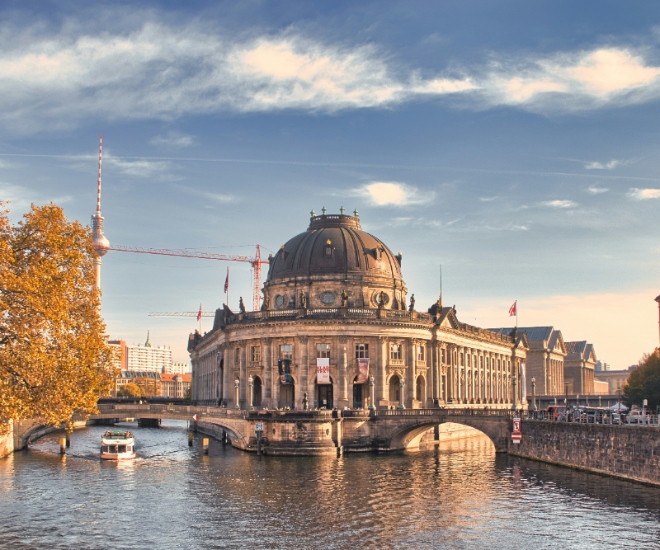Berlin, a vibrant city where history meets modernity, has been a haven for artists, visionaries, and cultural trailblazers for many years. Its artistic landscape is as diverse as its historical background, featuring an array of art venues, from innovative contemporary galleries to meaningful public art installations. Whether exploring a historic museum or taking in the colorful graffiti on the Berlin Wall, Berlin offers a profound journey through artistic expression that reflects its constantly changing cultural identity.
The Berlinische Galerie
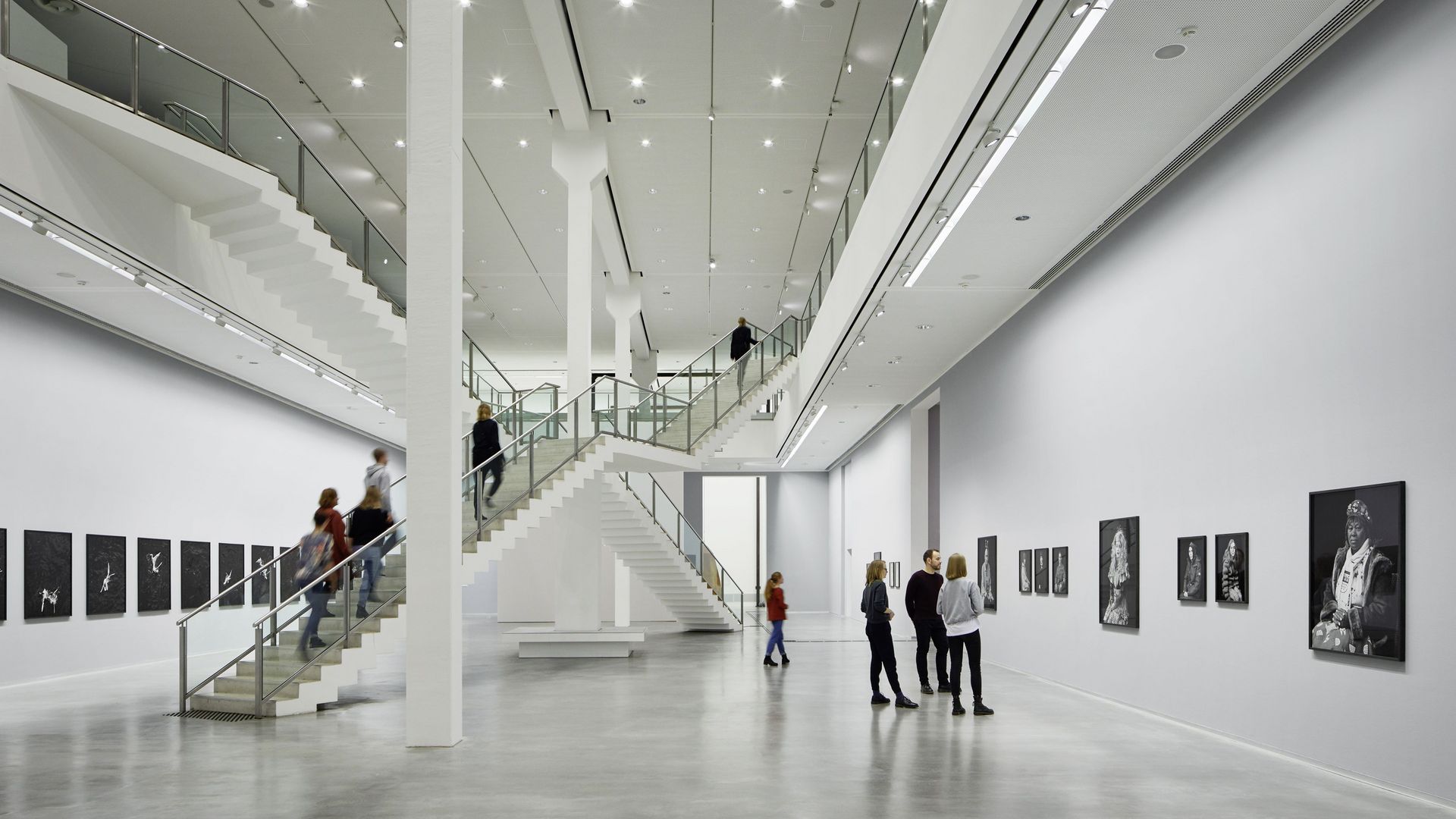
One of Berlin’s most contemporary museums, the Berlinische Galerie, celebrates the city’s art from 1870 to the present, harmonizing local and global inspirations. Located in a repurposed glass warehouse in Kreuzberg, this distinctive venue provides nearly 4,000 square meters of adaptable exhibition space, maintaining its industrial character while showcasing modern designs.
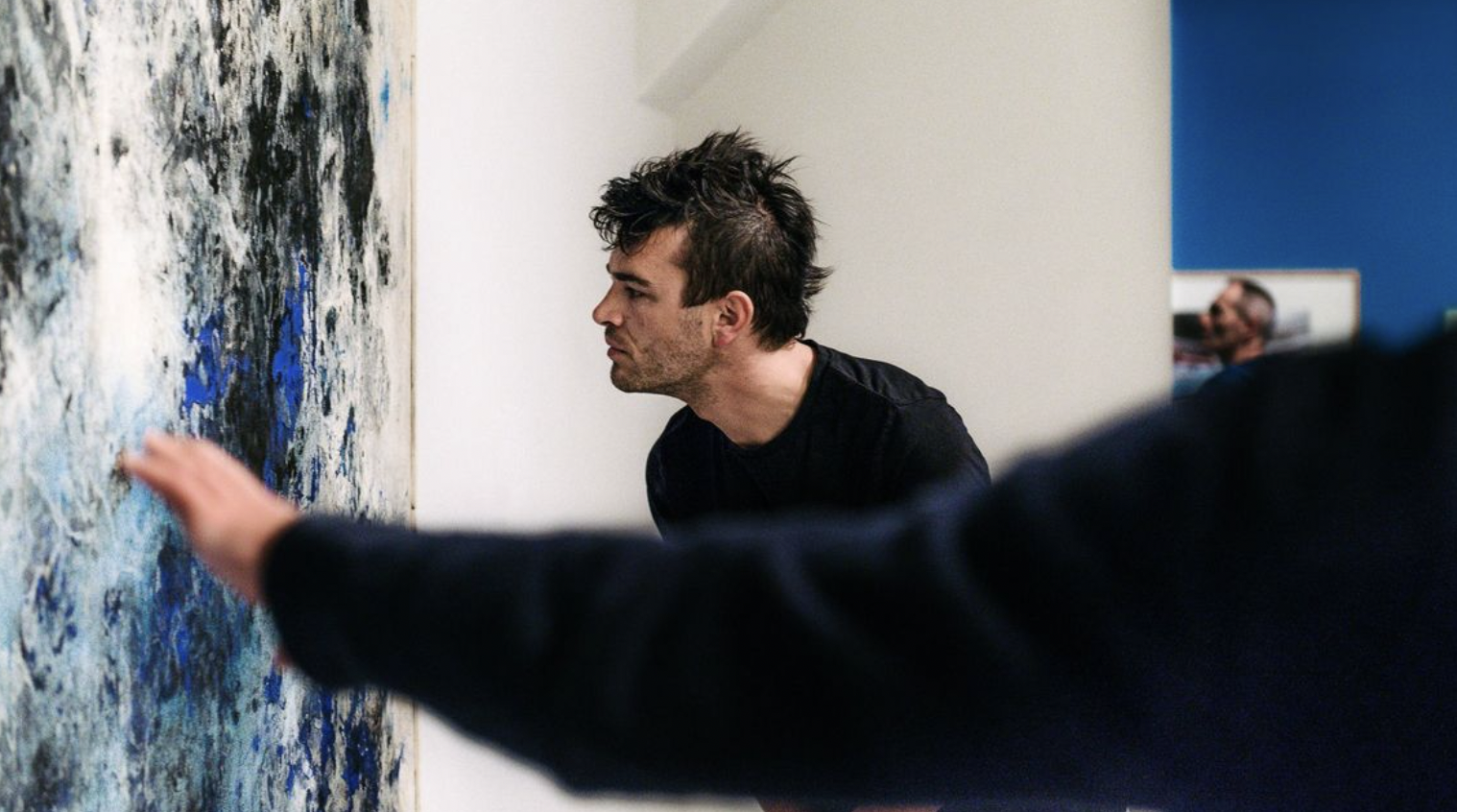
The museum presents a rich, interdisciplinary collection, showcasing painting, sculpture, photography, prints, and architecture. Renowned for its creative approach, the Berlinische Galerie merges traditional and contemporary art, providing captivating exhibitions that emphasize Berlin’s vibrant cultural history. With constantly updating displays and an exciting array of events, each visit offers a new experience.
Highlight: The museum’s entrance reveals a rectangular space adorned with the names of 160 artists from its collection, boldly inscribed. This striking yellow forecourt, crafted by architect Kühn Malvezzi, has become a celebrated emblem of the Berlinische Galerie.
For further information and bookings, click here.
The Hamburger Bahnhof – Museum für Gegenwart
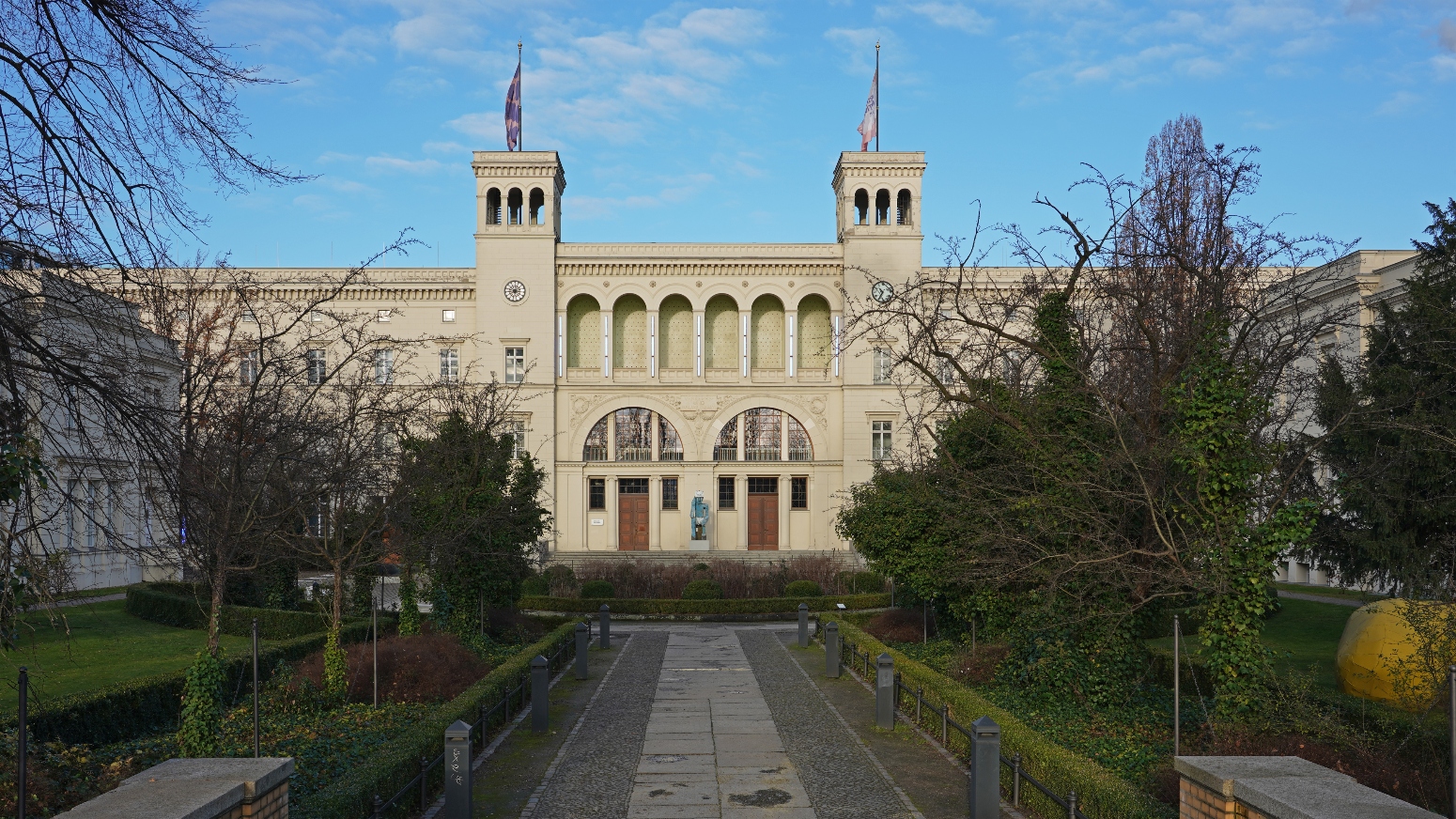
Situated in a historic former railway station, the Hamburger Bahnhof – Museum für Gegenwart stands as Berlin’s leading venue for contemporary art. It is the sole remaining station building from the city’s 19th-century railway period. After its closure, the structure was converted into an exhibition space. Now functioning as the Museum for Contemporary Art, it spans roughly 10,000 square meters of gallery space, showcasing art from the latter half of the 20th century and beyond. Established in 1996 as part of the National Gallery, the museum features an impressive collection of renowned artists such as Andy Warhol, Joseph Beuys, Cy Twombly, and Roy Lichtenstein.
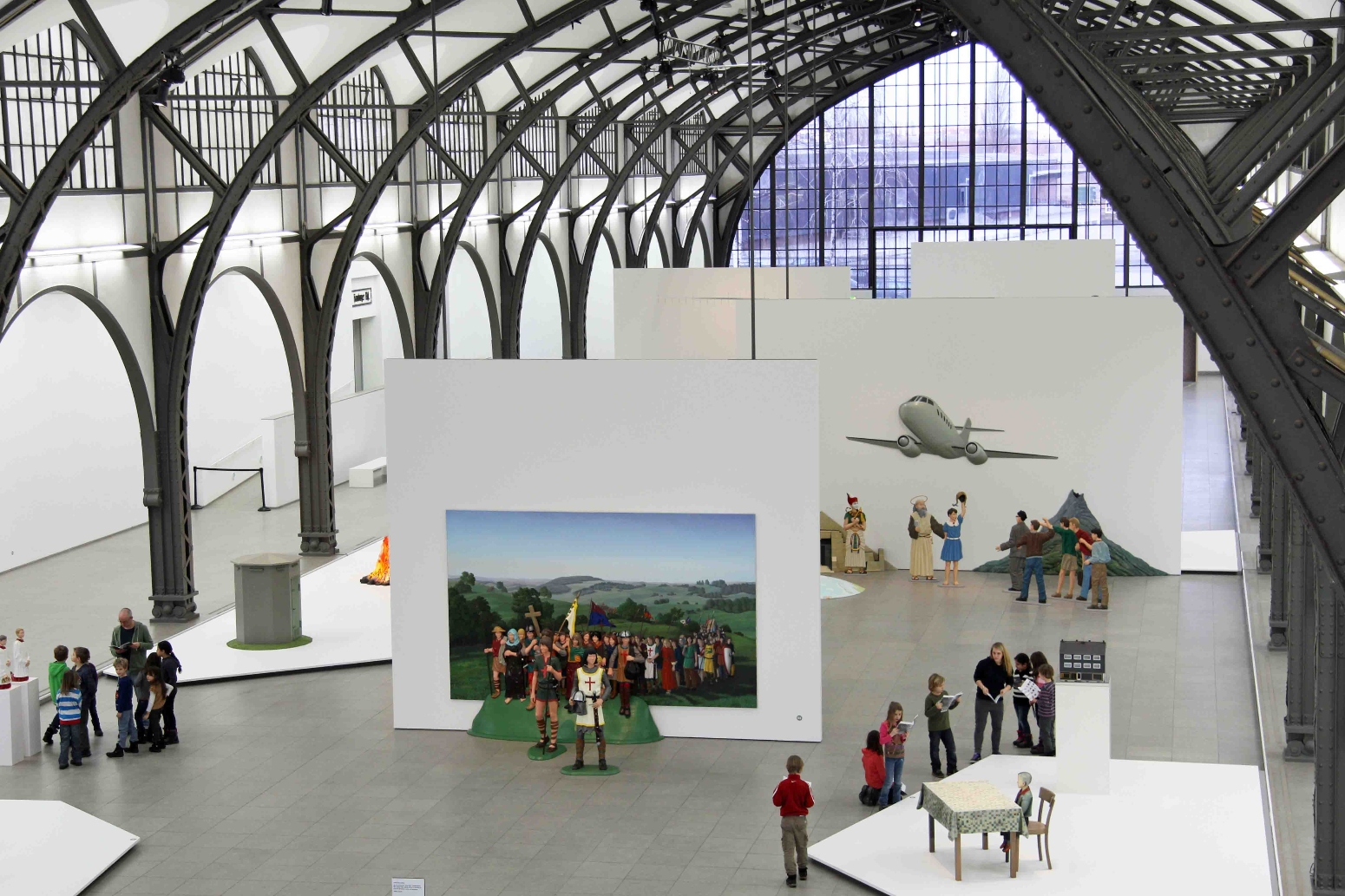
Visitors can discover large-scale installations and varied artworks from collections such as Erich Marx’s and the Friedrich Christian Flick Collection. Blending modern and historical architecture, the museum’s constantly evolving exhibitions provide an inspiring and dynamic experience for all art lovers.
Highlight: The ever-changing exhibition lineup at the Museum for Contemporary Art makes it an essential destination for art enthusiasts in the capital.
For further information and bookings, click here.
East Side Gallery
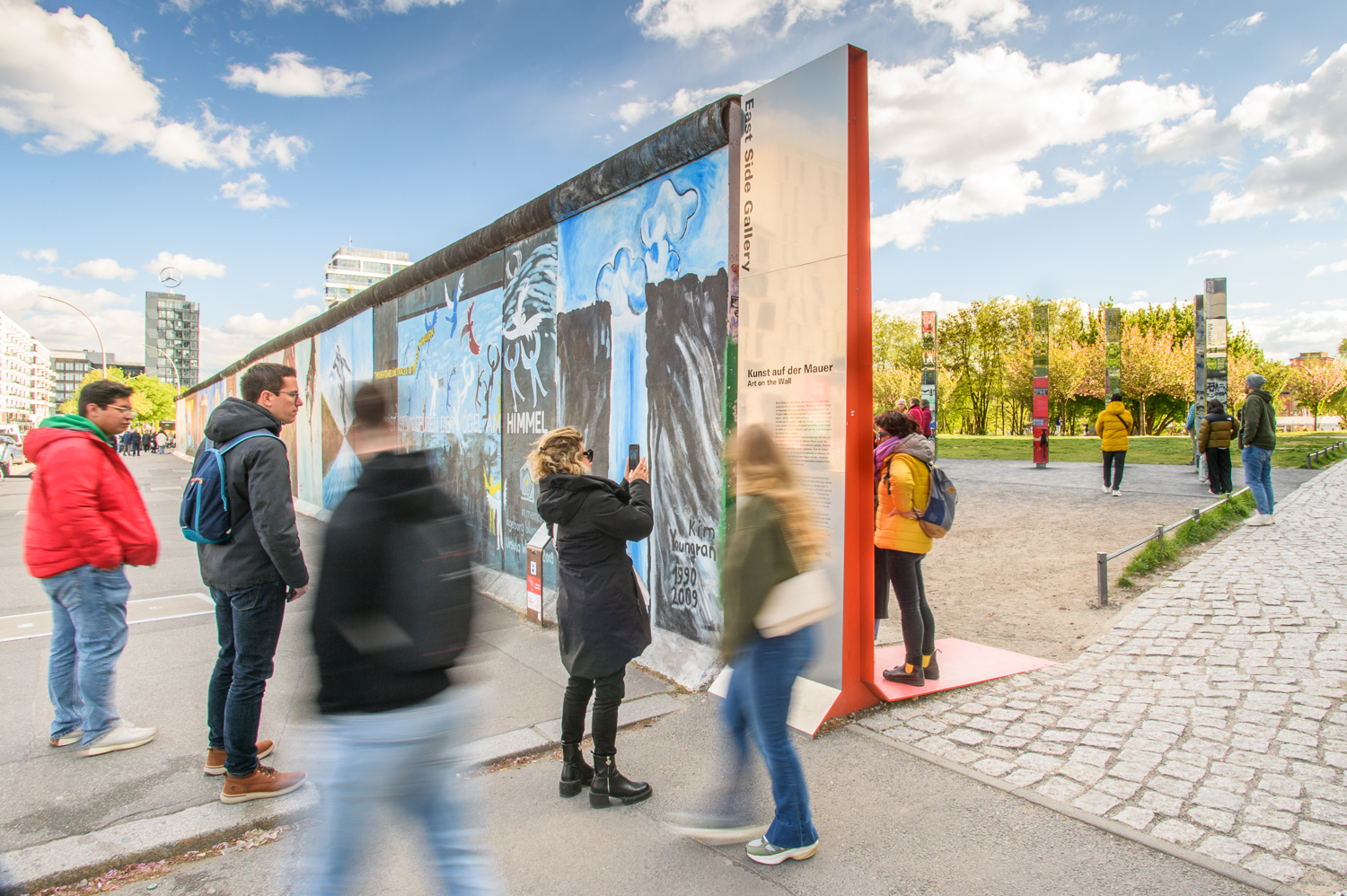
The East Side Gallery, recognized as the world’s largest open-air gallery, extends over 1,300 meters of the original Berlin Wall along Mühlenstraße. In 1990, immediately following the Wall’s fall, 118 artists from 21 countries painted 101 colorful murals celebrating freedom and the conclusion of the Cold War. Iconic pieces, such as Dmitri Vrubel’s Fraternal Kiss, turn this area into a powerful monument to unity and hope. Designated a national heritage site in 1991, the East Side Gallery attracts millions of visitors annually, while efforts continue to preserve its impactful artwork despite the pressures of urban development.
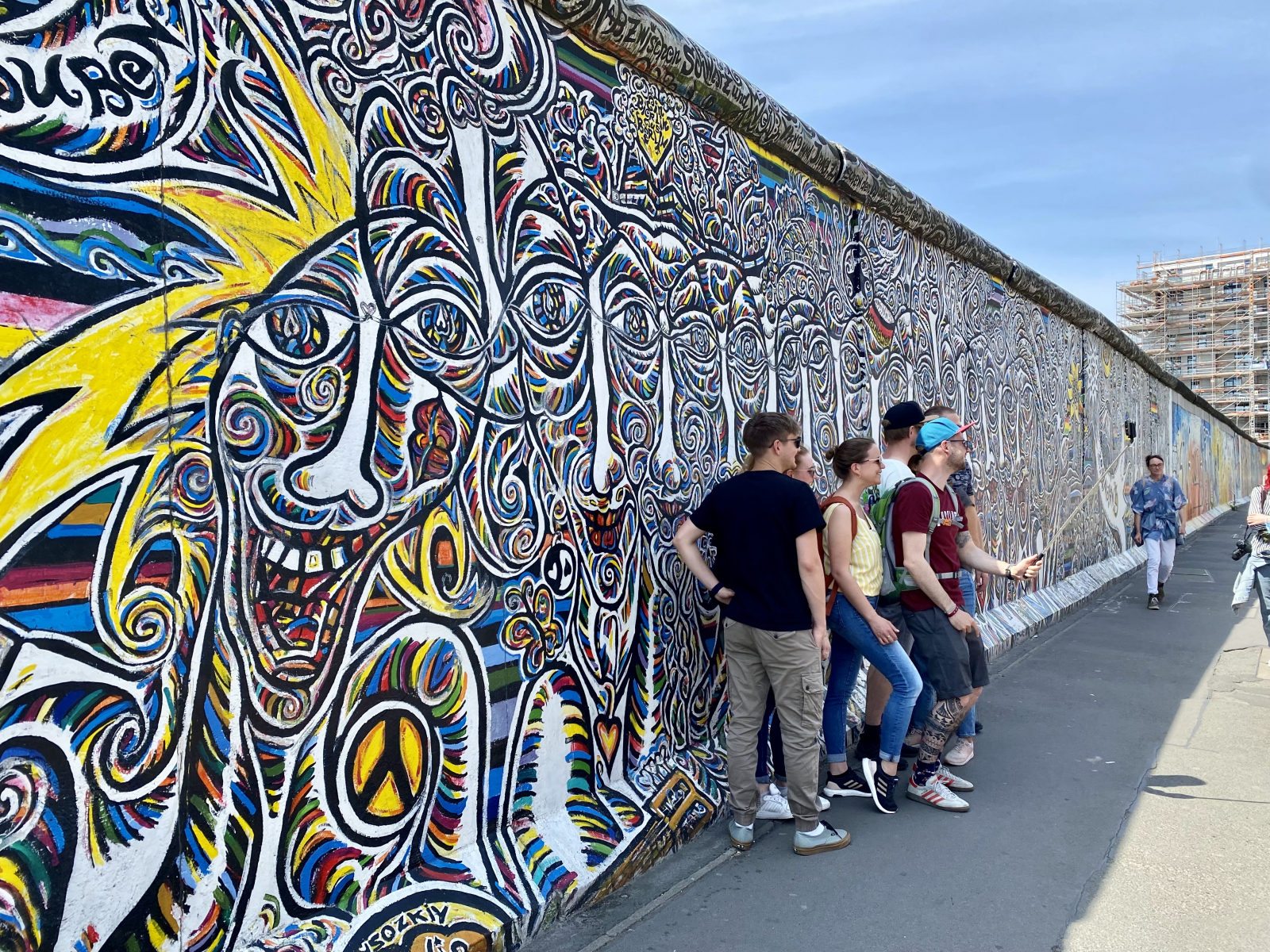
Highlight: In 2024, the fall of the Berlin Wall on November 9, 1989, will mark its 35th anniversary. To celebrate this significant occasion, the Berlin Wall Foundation will introduce a diverse range of special programs throughout the city. This initiative aims to emphasize various experiences and perspectives concerning the events of autumn 1989, as well as the following developments in both East and West Germany and across Europe.
For additional information, click here.
Urban Nation Museum for Urban Contemporary Art

Founded in 2017 in Berlin-Schöneberg, the Urban Nation Museum for Urban Contemporary Art stands as a vibrant platform for street art and graffiti, merging Berlin’s rebellious spirit with international trends. Set within a converted 19th-century Wilhelminian building, the museum offers dynamic exhibitions across two levels, complemented by a highline walkway that provides unique viewpoints. Its modular façade frequently displays large-scale murals from famous artists such as Shepard Fairey, Lady Pink, and Vhils, transforming into a constantly changing piece of art itself.
Highlight: Urban Nation also actively involves the local community through the Berliner Leben foundation, providing educational workshops and promoting neighborhood development. The museum’s collection and rotating exhibitions showcase a variety of urban art styles, from text-based works to photorealism, establishing it as a hub for creativity, study, and cultural exchange.
For additional information and bookings, click here.
Boros Collection / Bunker Berlin
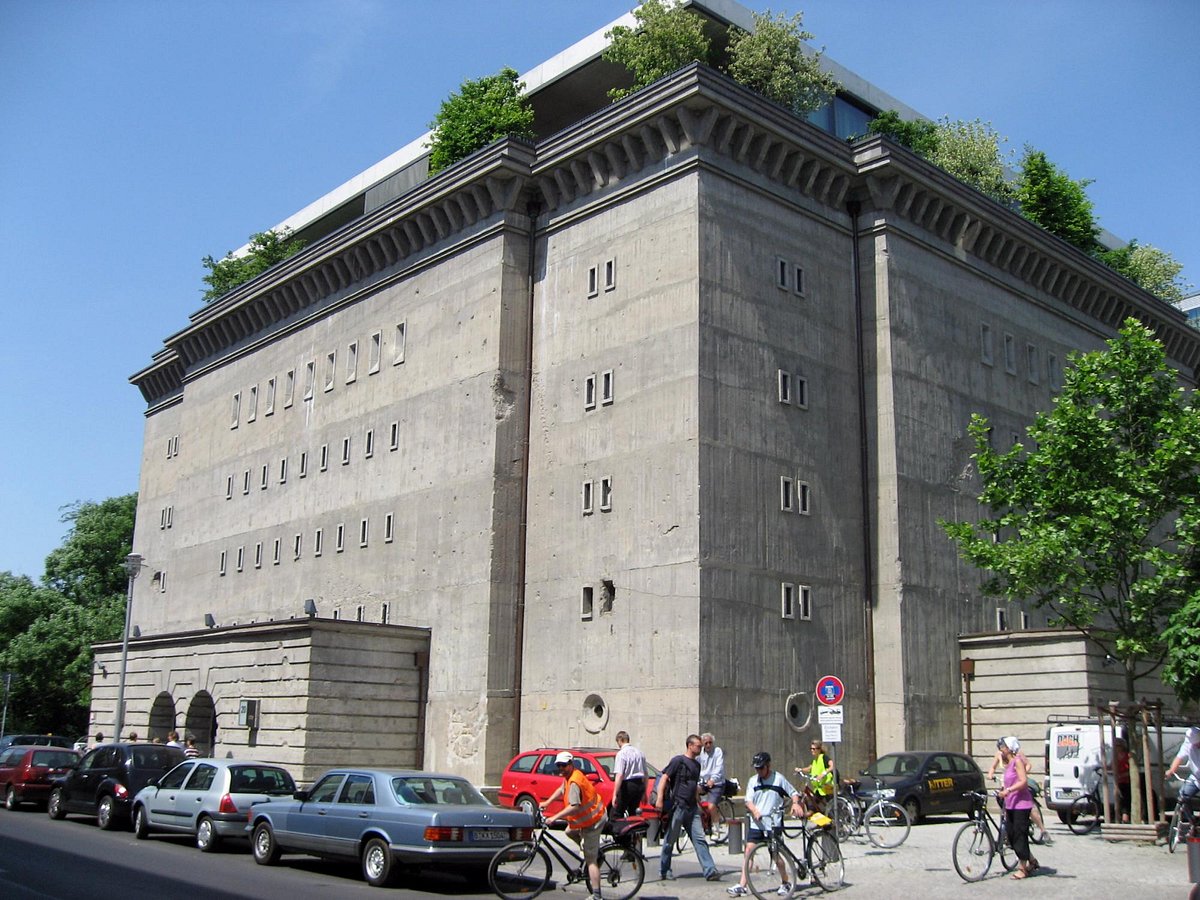
Located in a World War II-era bunker in Berlin’s Mitte district, the Boros Collection presents a remarkable showcase of contemporary art. Curated by Christian and Karen Boros, this private collection includes international works created from 1990 onward. The imposing five-story bunker, which previously served as a fruit warehouse and a techno club, now features large-scale installations, sculptures, and multimedia art in ever-changing exhibitions.
Highlight: Among its highlights are works by Ai Weiwei, Wolfgang Tillmans, Olafur Eliasson, and sound-based installations that utilize the bunker’s thick concrete structure. Guided tours provide an immersive experience to engage with modern art in Berlin.
For more information and bookings, click here.
Neue Nationalgalerie
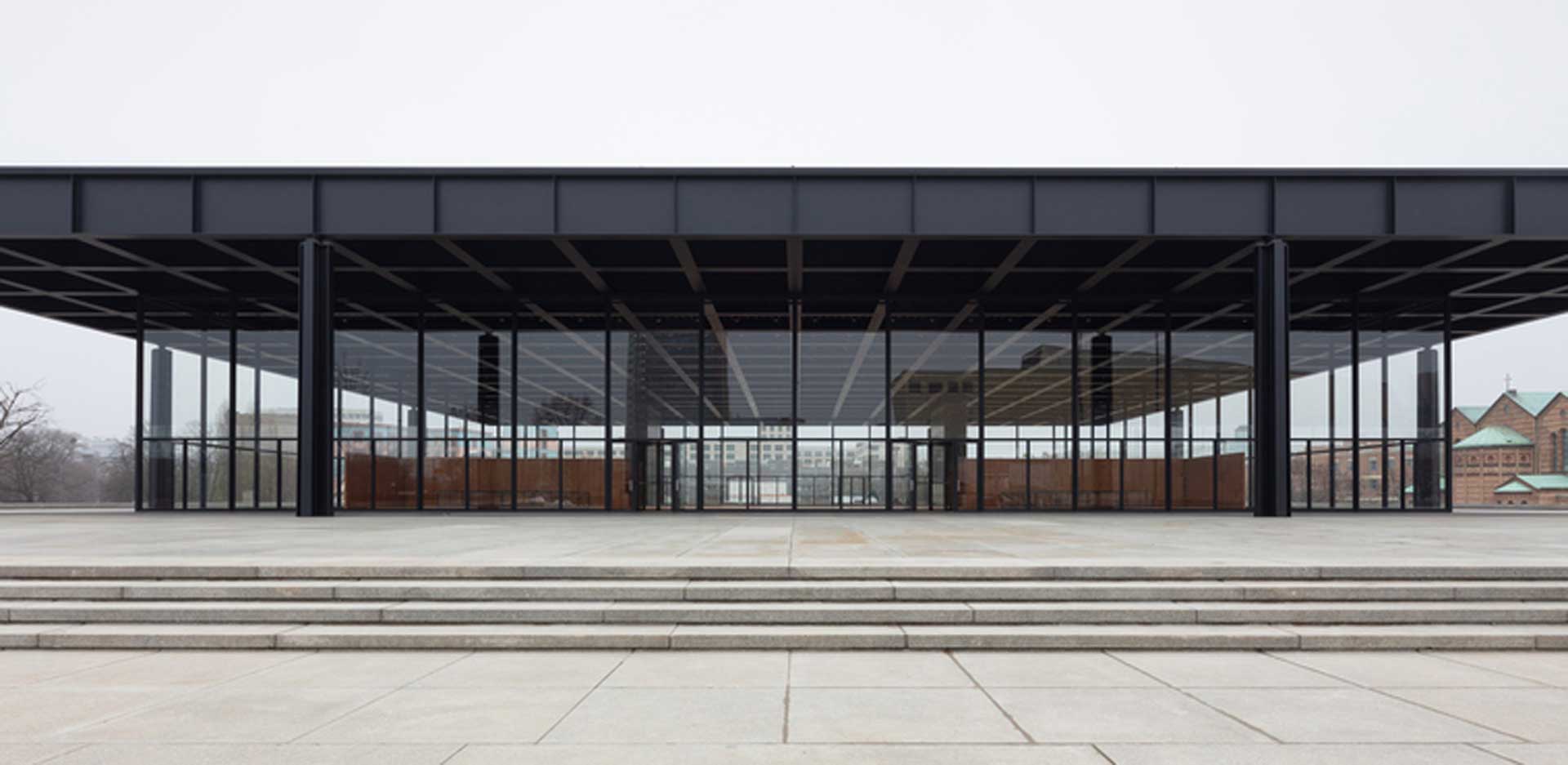
The Neue Nationalgalerie, a modernist architectural masterpiece by Ludwig Mies van der Rohe, opened its doors in 1968 and is a cultural landmark in Berlin. After a comprehensive six-year renovation, the museum reopened in 2021, once again exhibiting its stunning collection of 20th-century art.

Josef Albers, Homage to the Square (Within a Thin Interval), 1967 VG Bild-Kunst, Bonn 2021 / David von Becker
This gallery features masterpieces from movements like German Expressionism, Cubism, and Bauhaus, showcasing highlights such as Ernst Ludwig Kirchner’s Potsdamer Platz and artworks by celebrated artists like Pablo Picasso, Wassily Kandinsky, and Ernst Ludwig Kirchner beautifully presented in a remarkable architectural setting. The gallery also delves into postwar art movements, from American color field painting to East German art. Striking temporary exhibitions are hosted in the upper glass hall, while sculptures can be found in the terrace and garden, creating a dynamic atmosphere for visitors.
Highlight: The Neue Nationalgalerie engages the public with educational activities, guided tours, and lectures, making it a lively center for both art lovers and newcomers.
For additional information and bookings, click here.
Scharf-Gerstenberg Collection
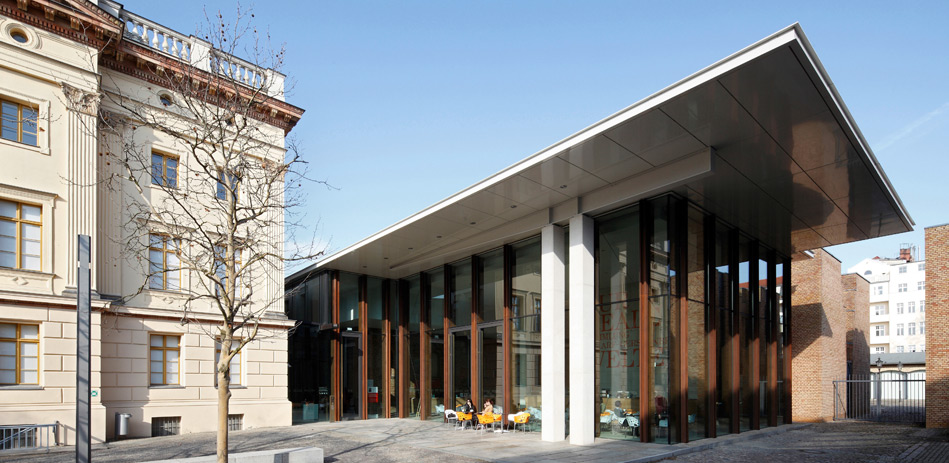
Located in the eastern Stüler Building near Charlottenburg Palace, the Sammlung Scharf-Gerstenberg is dedicated to more than 250 works that explore the surrealist movement, initiated by André Breton’s manifesto in 1924. Featured prominently are key artists like René Magritte, Max Ernst, and Hans Bellmer, showcasing critical surrealist techniques such as combinatorics and metamorphosis.
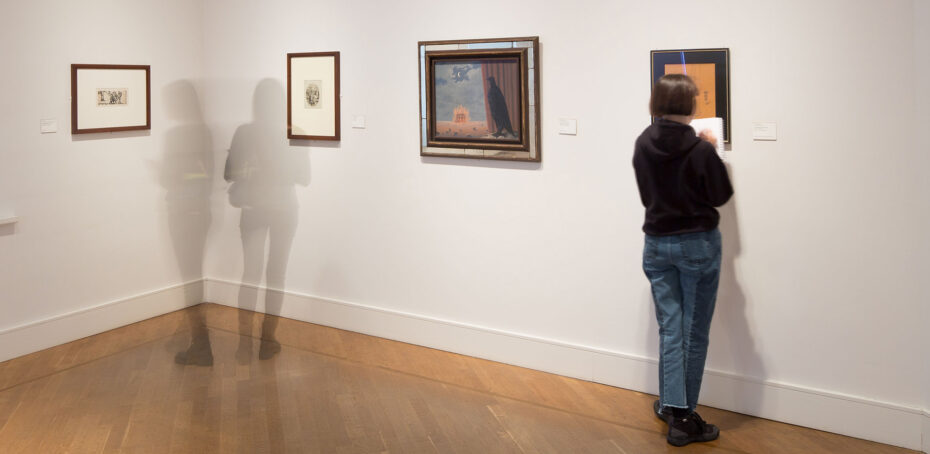
View of the collection presentation “Surreal Worlds” Jean Dubuffet / Kurt Schwitters / VG Bild-Kunst, Bonn 2017, Staatliche Museen zu Berlin, Scharf-Gerstenberg Collection / Thomas Bruns
This collection also includes early works by Giovanni Battista Piranesi and Francisco de Goya, linking surrealism to earlier artistic traditions. Notable highlights include Max Ernst’s Le Triomphe de l’amour and René Magritte’s Gaspard de la nuit.
Highlight: The museum also features a film program dedicated to classic surrealist cinema.
For further information and bookings, click here.
Künstlerhaus Bethanien
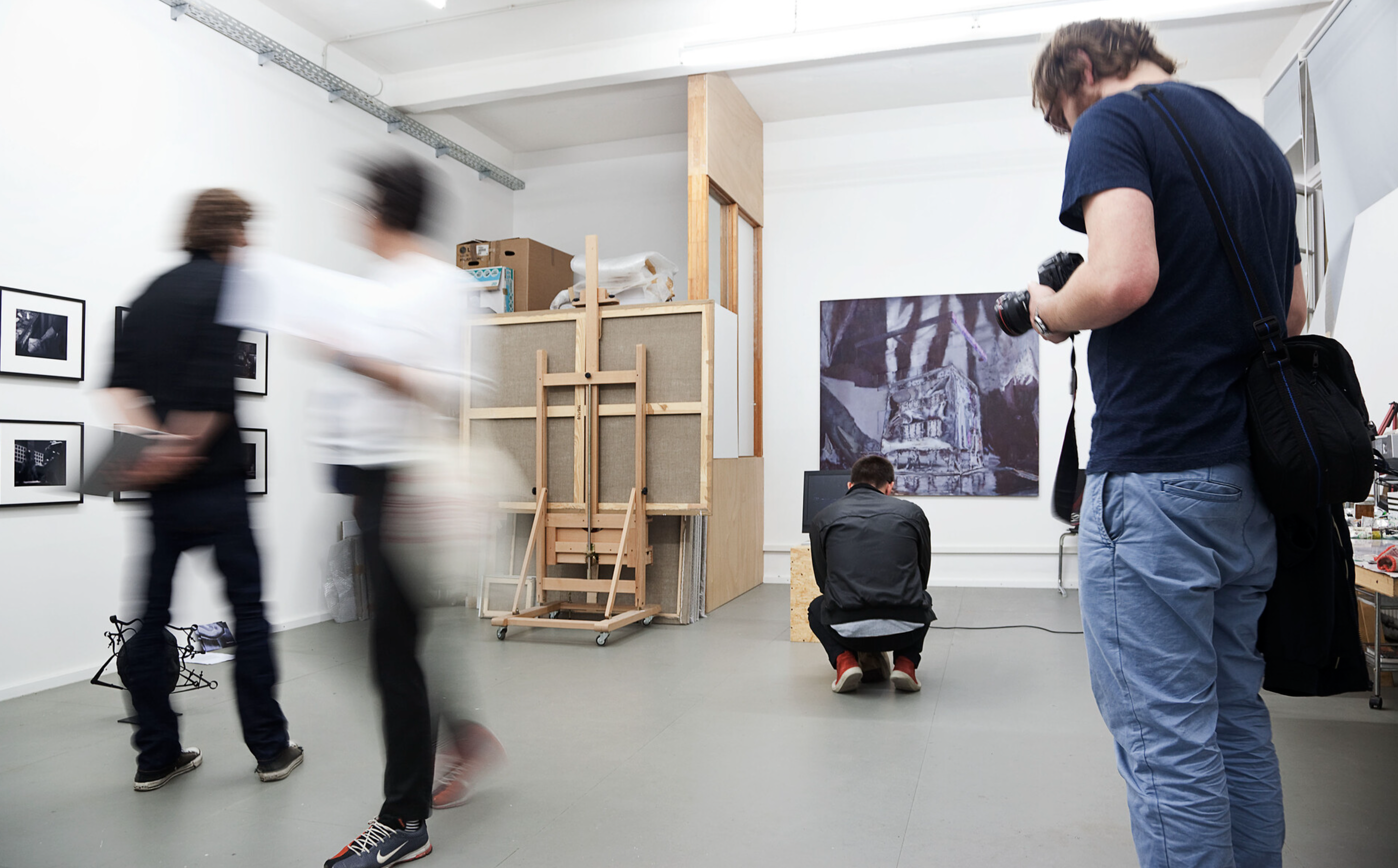
Künstlerhaus Bethanien is a distinguished cultural hub in Berlin, providing residency studios and exhibition spaces for international artists. This creative center promotes cross-cultural interaction and connects artists with Berlin’s lively art community. Currently situated between Kreuzberg and Neukölln, this space supports collaboration and has enhanced studios along with improved exhibition facilities since its relocation to the “Light Factory” in 2010.
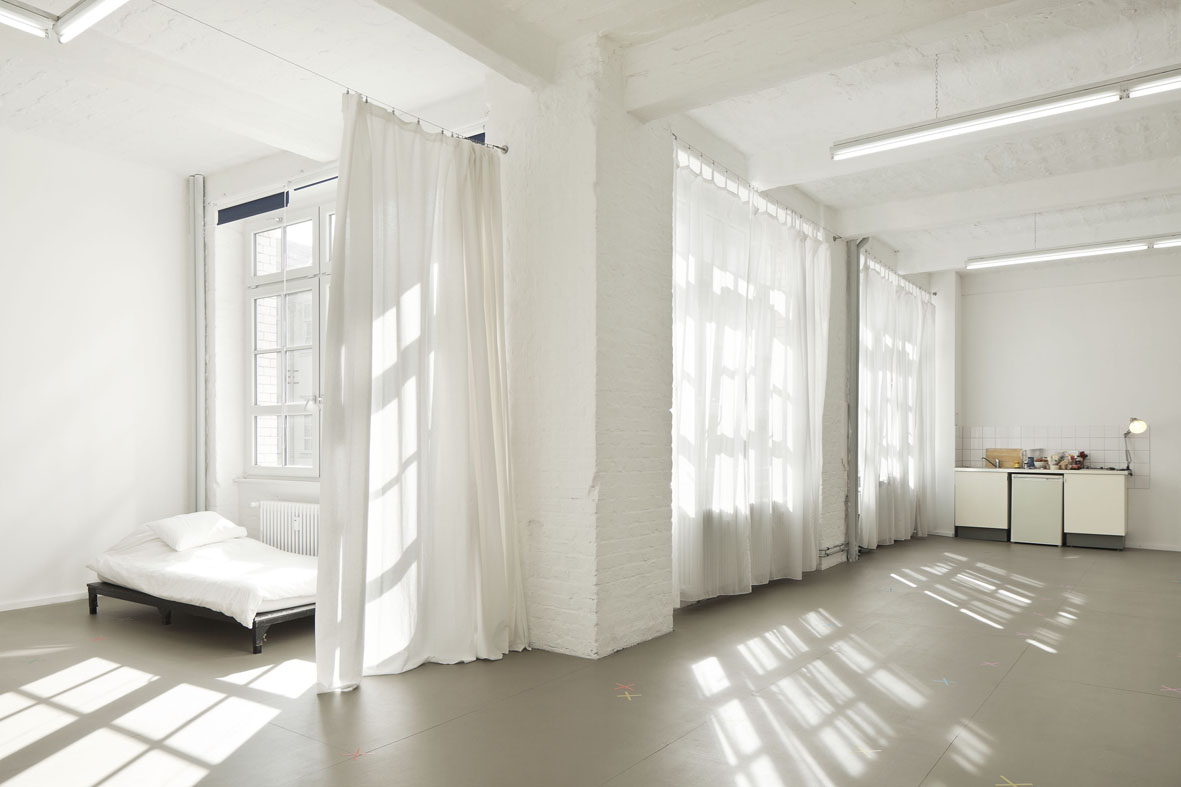
The center hosts monthly exhibitions, studio tours, and events that encourage community involvement. Artists in residence receive dedicated support, networking prospects, and a platform to present innovative projects, making Künstlerhaus Bethanien an essential component of Berlin’s dynamic artistic landscape. It not only functions as a space for artistic production but also acts as a link between emerging global talents and the local community. The center’s open studios allow the public to connect directly with artists and gain insights into their creative journeys.
Highlight: The Künstlerhaus Bethanien offers workshops, discussions, and events aimed at educating and inspiring participants of all ages, fostering dialogue about contemporary art and creating avenues for emerging artists to share their experiences.
For more information and bookings, click here.
Jewish Museum Berlin
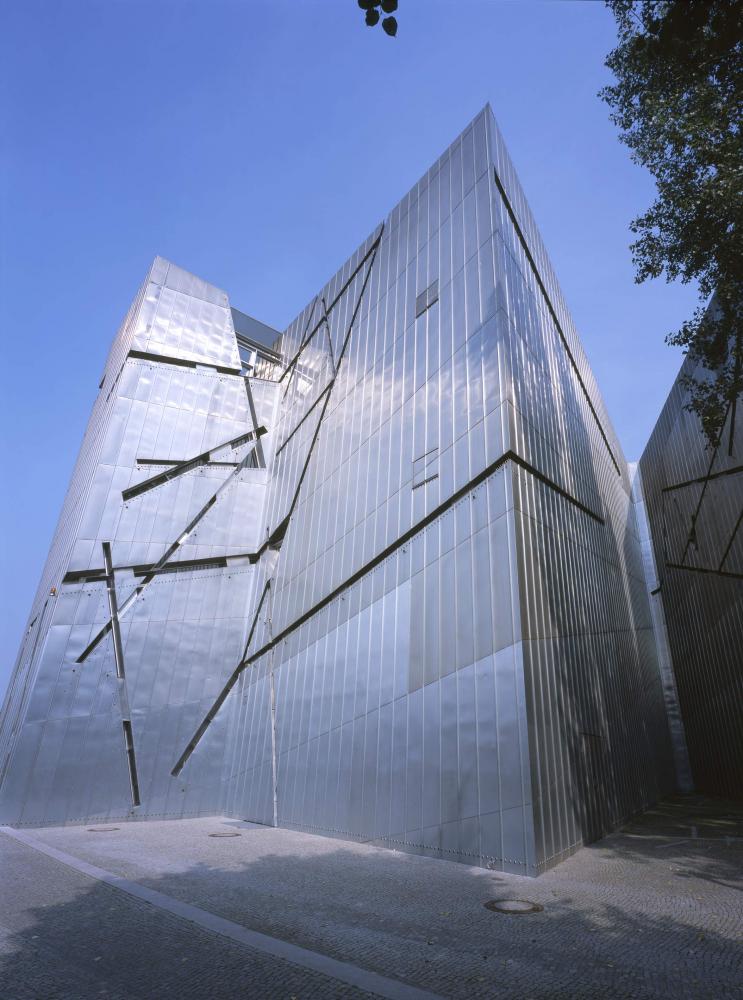
As a pivotal institution in Europe, the Jewish Museum Berlin offers an engaging space for dialogue and reflection on Jewish history and present-day issues. Opened in 2001, its permanent exhibition, alongside temporary displays, educational initiatives, and events, caters to a broad audience while emphasizing Jewish culture and historical narratives. The museum includes ANOHA, a hands-on area for children themed around Noah’s Ark, along with the W. Michael Blumenthal Academy for discussions on German-Jewish history. Located in Kreuzberg, the museum’s remarkable building, designed by Daniel Libeskind, has become a Berlin landmark, juxtaposing its historic Baroque structure and enhancing the city’s cultural landscape.
Highlight: The museum, designed by architect Daniel Libeskind, features a zigzagging structure and voids that evoke the historical journey of Jewish life in Germany powerfully. The profound exterior is complemented by exhibitions that delve into Jewish culture, history, and the consequences of the Holocaust.
For additional information and bookings, click here.
Special Mention:
Museum Island (Museumsinsel)
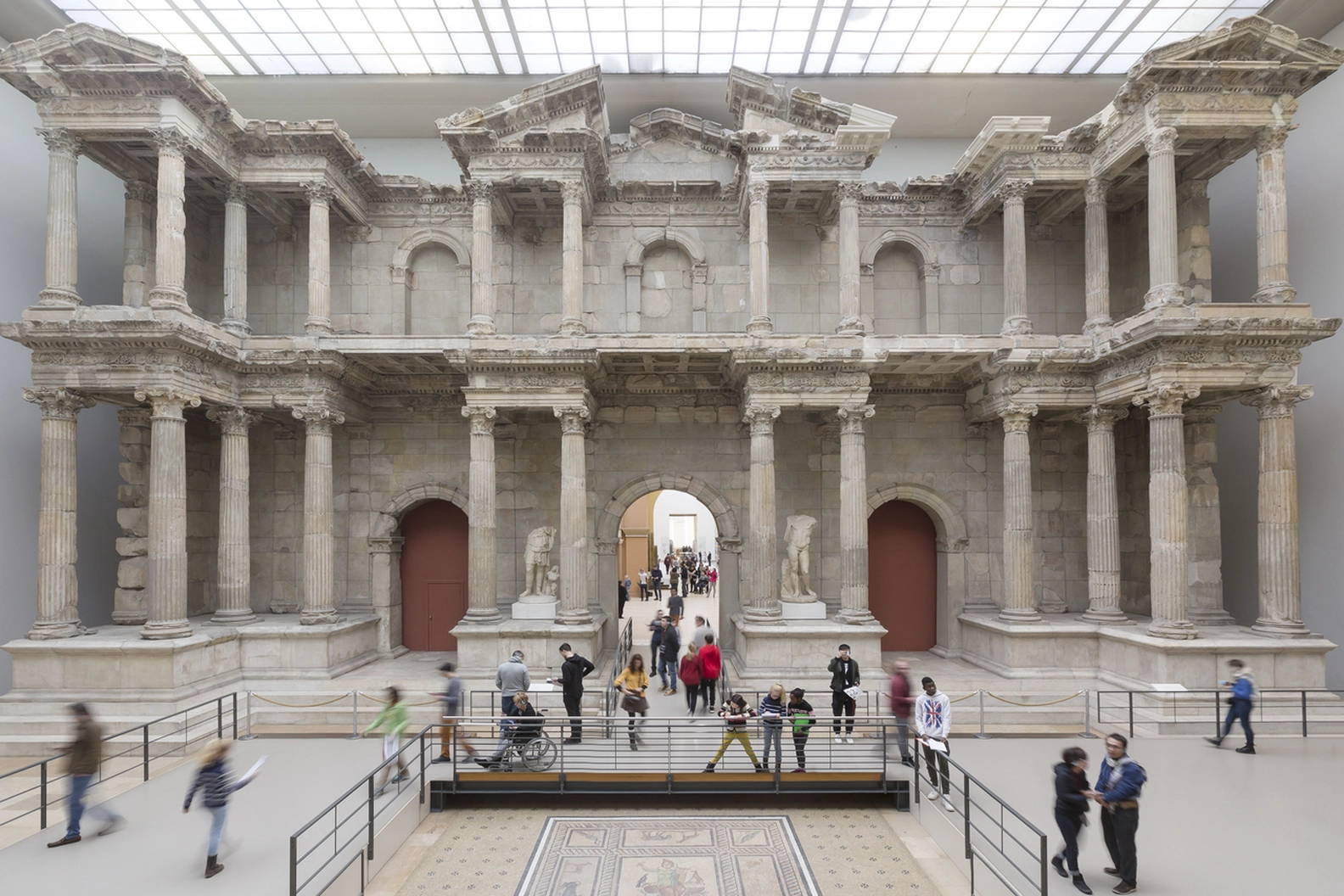
Museum Island in Berlin is a remarkable complex of five iconic museums from the Prussian era, along with the contemporary James Simon Gallery, all of which were designated as UNESCO World Heritage sites in 1999. The island’s master plan incorporates an underground connection called the Archaeological Promenade.
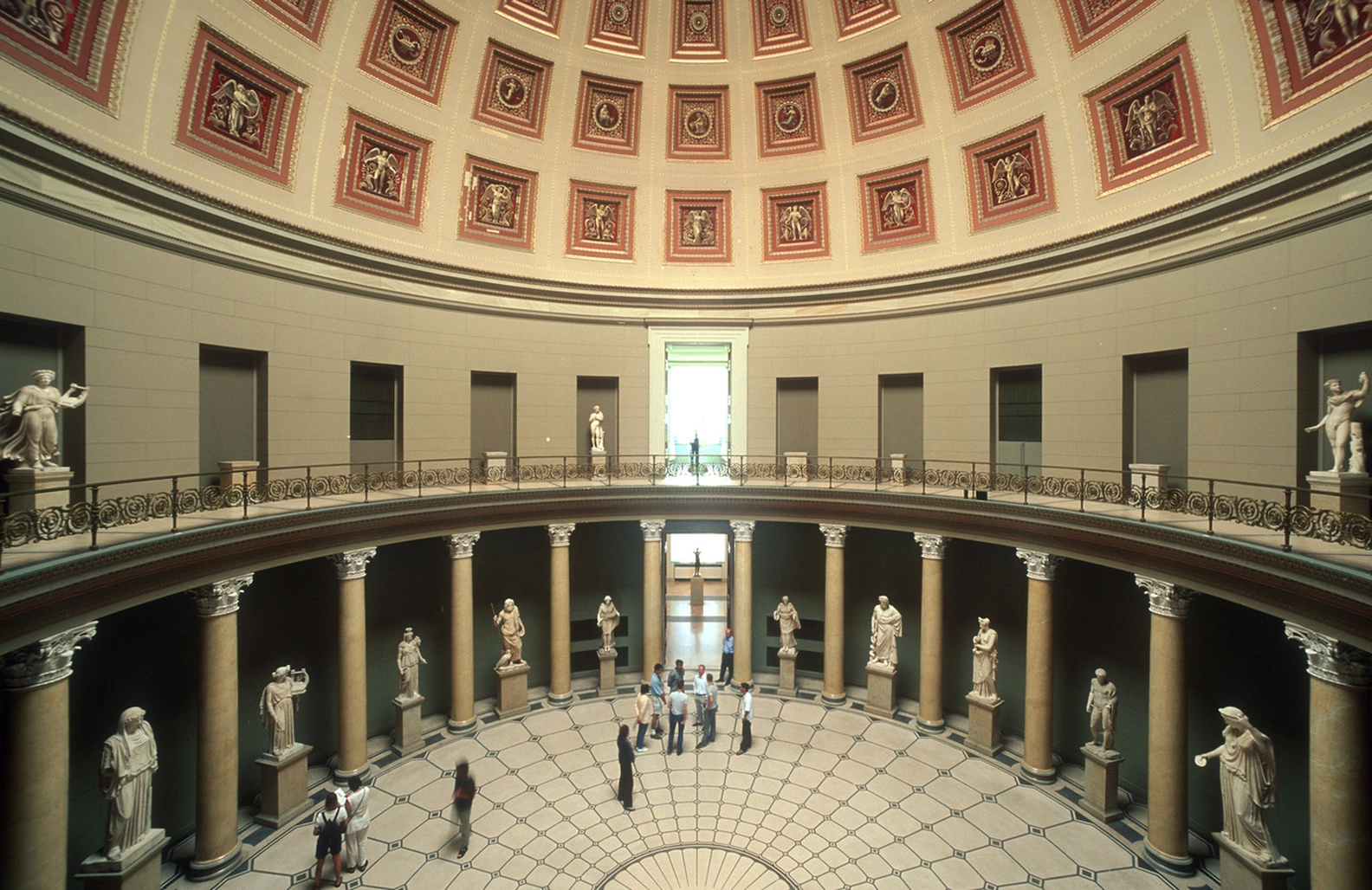
The museums feature the Collection of Classical Antiquities, the Museum of Pre-Asian Art, and the Museum of Islamic Art. The Collection of Classical Antiquities is celebrated for its importance in Greek and Roman artistry, including the famous Roman Pergamon Altar, which depicts the battle between gods and giants.
Highlight: The ancient treasures housed in the Pergamon Museum and the neoclassical elegance of the Altes Museum.
Regrettably, the Pergamonmuseum has been closed since October 2023 for extensive renovations. The north wing, which will feature the Pergamon Altar, is set to reopen in 2027 as the first stage of the construction project.
For additional information, click here.
For the latest updates in art, culture, and travel, click here.


















